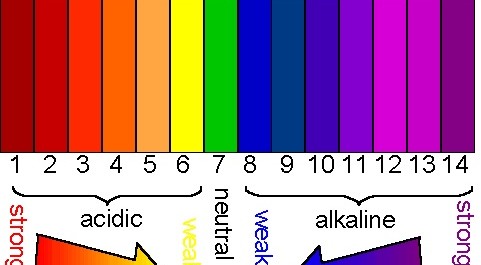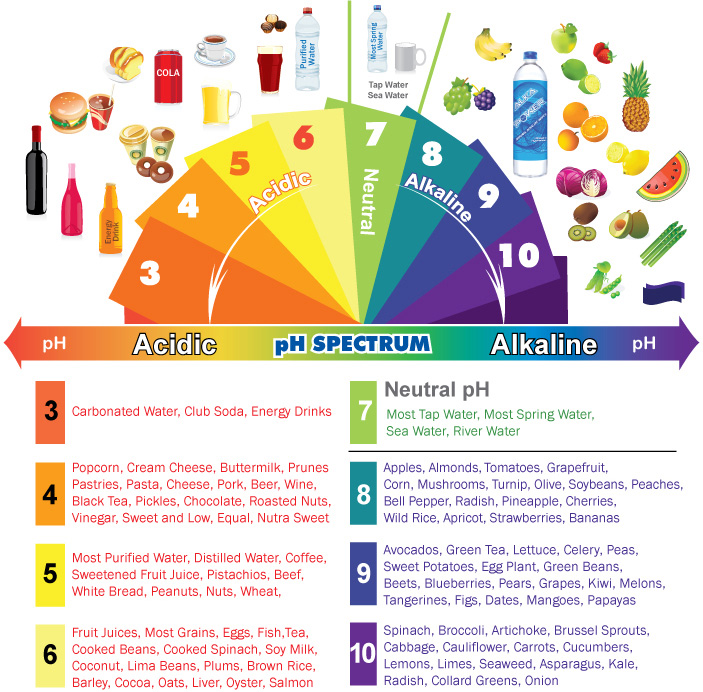
Skin pH Balance
There are many contributors to the formation of healthy skin, but of great importance is its pH level.
The human body’s entire system depends upon maintaining a pH balance that promotes its general health and well-being. In relation to the skin, however, changes in pH can have significantly dramatic effects. Healthy pH provides the outermost layer of the epidermis which is responsible for the vital barrier function of the skin with a slightly acidic environment. Poor product choices, harsh exfoliants, and physical trauma all can affect the acid that offers protection from an offensive world.
pH indicates the acidity or alkalinity of a solution. This is measured in units called logarithms using a scale known as the pH scale.
The body’s acid coating, which is the protective outer coating, is a key mechanism that keeps out unwanted visitors, particularly of the bacterial variety. The acid mantle’s slightly acidic pH of 4.5–5.5 wards off harmful bacteria, restricting or preventing its growth on the skin. Fortunately, the bacterial flora that is beneficial to the skin thrives in the acidic environment created by the acid mantle. If it is compromised and a more neutral pH develops, harmful bacteria may proliferate.
Internal pH Balance
Internal pH imbalances result from physiological circumstances, as well as an imbalanced diet—“You are what you eat.” Topping the list of foods that create undesired acidity in the body are refined sugars, caffeine, and soda. More alkaline foods include fresh fruits and vegetables. Even citrus fruits, which generally are acidic, are treated as alkaline in nature by the body.
Although pH is not the only concern when providing great skincare or slowing the aging process, it is a very important piece of the puzzle in the pursuit of better health—both inside and out.




